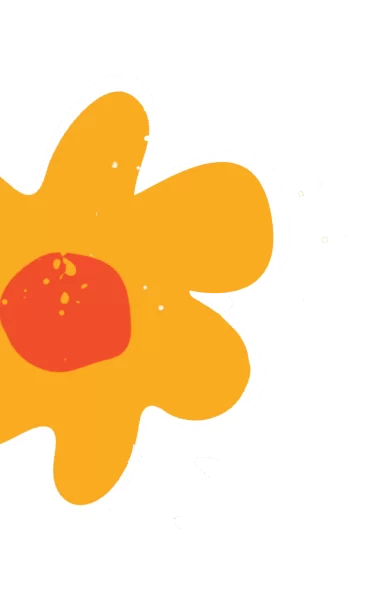Our systems are often set up to ‘manage’ behaviour young people display rather than helping us understand why they are behaving as they do and what their behaviour communicates. This type of approach leads to services having a knowledge gap and practitioners missing important messages within behaviour and the causes of it. The language we use becomes a barrier between adults and children. Terms like ‘complex’, ‘challenging’ or ‘risk taking’ to describe behaviour leave young people feeling misunderstood and unheard, practitioners worried and overwhelmed and services not responding to what young people need. Practitioners deserve the knowledge to understand messages in children’s behaviour so they can help children understand themselves.
We recognise the importance of listening to children; we also know that not all communication is verbal. Young people are developing as they grow and learning new methods to communicate with us adults. Some of these messages are clear and conscious and some are unconscious and hidden in their behaviour
We understand the difference between managing and understanding behaviour. To understand is not to condone but to condemn is a dead-end that is ineffective. When behaviour becomes ‘challenging’ traditional services usually focus heavily on management and are often flustered when strategies don’t work. When we understand behaviour and its origin, we feel more confident, young people feel listened to, which reduces anxiety and they become calmer. Understanding behaviour is often the best way to get the outcome that we wanted when we are trying to ‘manage it’.
Through understanding the messages in children’s behaviour, we are able to provide a space where children recognise their feelings; we create empathy and this builds trust and respect, which goes a long way when trying to get the best for young people.
Learning Outcome:
- How behaviours are formed and reinforced
- Child development theories such as attachment, conditioning, psychosexual and social development
- The cycle of abuse
- How children develop ‘survival’ behaviours
- De-escalation and responding to behaviour
- Using tone and language effectively
- Enhanced listening + communication skills















